Kyoto craft / Kyoto
The hand made tale
In a globalised market flooded with faux-artisan branding, real craftsmen are endangered. But in Kyoto, where tradition rules, a new initiative is refreshing generations-old techniques to bring Japanese craft to a worldwide audience.
The word “craftsmanship” is doing very well. It has become the trump card for any marketing campaign seeking to sell a brand’s story as one with integrity, skill and provenance. But poor old “craft” has been left behind, languishing in gift shops, unloved save for the odd great aunt or eager tourist. Where does traditional craft fit into contemporary life? It’s a problem felt the world over.
It’s felt more keenly in Kyoto though, home to one of the world’s greater concentrations of traditional crafts and craftsmen. Even in Japan, a country where craft is revered to deific proportions, domestic demand both to learn and buy is waning. The preservationist approach that kept skills and techniques alive for centuries is now the biggest spanner in the works; modernising one’s heritage craft to chase a new market is akin to sacrilege.
But thanks to a serendipitous confluence of people this depressing trajectory has been temporarily halted. Japan Handmade is a government-sponsored initiative to support the exhibiting of five Kyoto craftsmen and their wares to an international market. The concept and strategy have been devised by Danish duo Thomas Lykke and Anne-Marie Buemann of oeo studio. The distribution and retail channels will be handled by Stellar Works, which has blossomed into an impressive global operation since we featured their debut (in Monocle issue 49).
It’s the star cast of craftsmen, though, which is the best bit. The “Kyoto Five”, as they refer to their kinship, are new-generation, sharply dressed business-minded men out to prove that traditional craft has a place not only in contemporary Japan but also around the world. With the creative direction and advice of Lykke and Buemann, each of the five has created a new line of products, sensitive to the skills of their family’s craft but with an eye to new markets. It might sound absurdly obvious. But this is Kyoto: Japan’s former capital, home to the geisha and acres of Shinto temples. Even the tiniest change to centuries-old tradition here is keenly felt, not often positively.
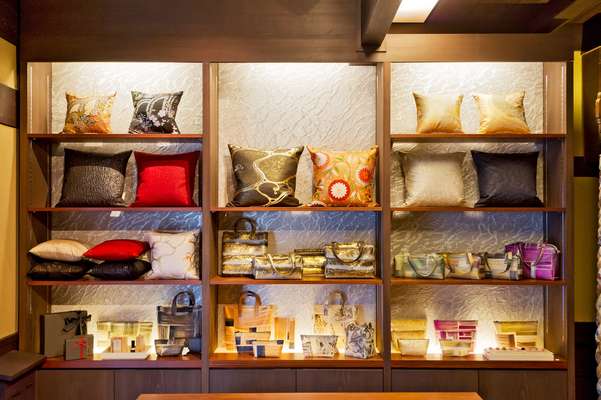
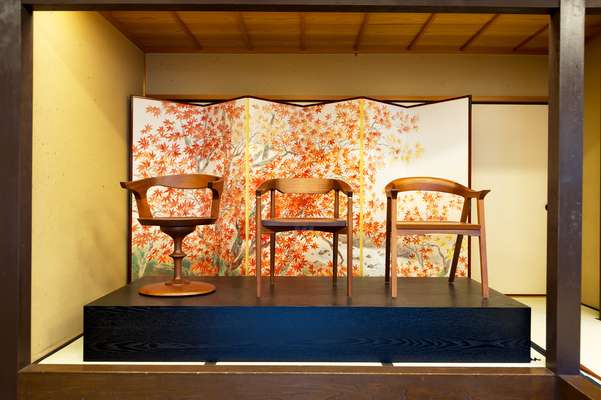
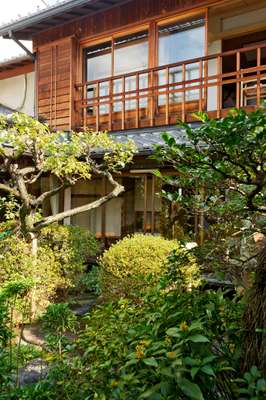
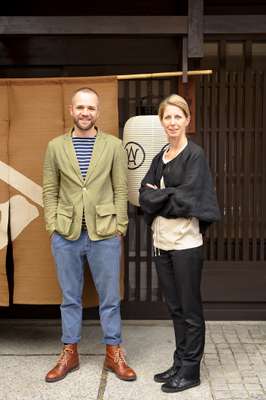
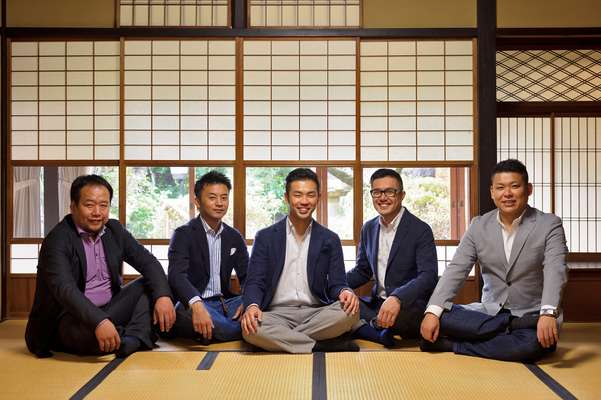
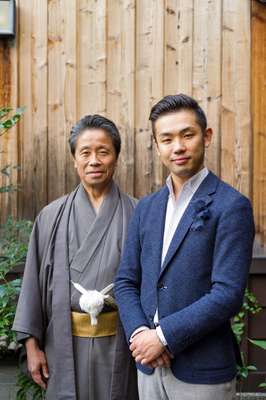

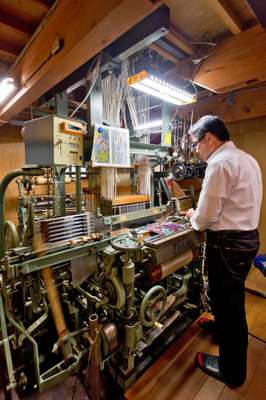

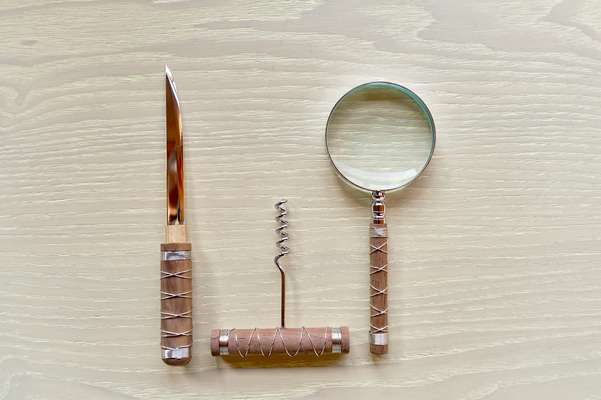

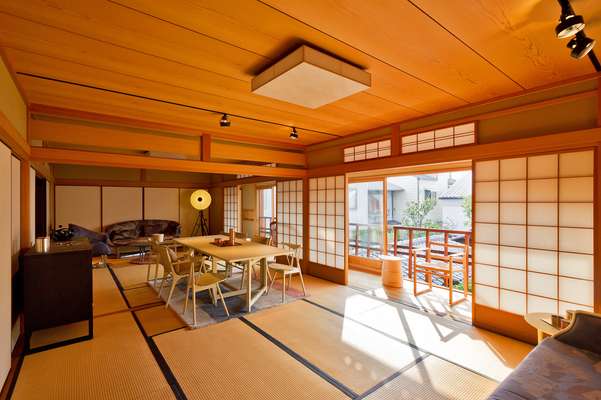
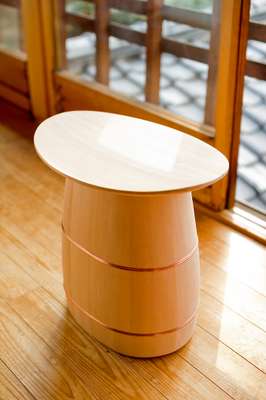

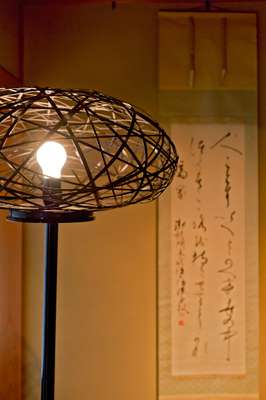


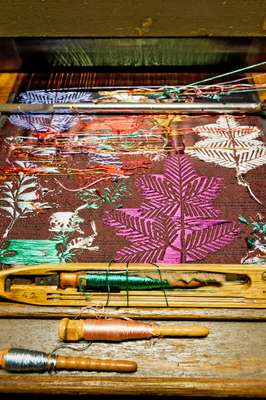
It all started as a collaboration between Hosoo, the textile company founded in 1688, and Stellar Works last year. Nishijin fabric, traditionally used for kimonos, upholstered the Laval furniture range by Stellar Works to great acclaim. Soon after, Japanese fashion designer Mihara Yasuhiro used Hosoo fabric for his autumn-winter 2012 men’s collection shown in Paris. “We worked with Hosoo on the fabrics to help them develop a collection where they felt they were designers, not just producers,” explains Lykke. In July, four more craft companies came to Lykke and Buemann and showed their work. “Each wanted to try something a little different. They were ready but they didn’t know how to get there,” says Buemann.
The pair listened, watched and learnt, and together they developed new crafts with the same charm and technique as their traditional offering but with appeal to contemporary Japanese consumers and beyond. So chazutsu brass-and-copper tea caddies have become jugs and vessels, ki-oke wooden buckets have become stools and the kiku-dashi woven metal chrysanthemum pattern, usually used in tofu servers, has been applied to a range of cooking utensils and desk accessories. Fittingly, given Hosoo led the way, the project was unveiled at the company’s new showroom in Kyoto, which they share with Stellar Works and Japan Handmade. In the presence of Kyoto’s mayor and 500 curious locals, the designers’ fathers were quietly in attendance too, bestowing their all-important seal of approval.
The collection showed soon after in Shanghai and has since made its first trip to Europe (accompanied by “the Five”) for the Maison et Objet trade fair in Paris. The Salone del Mobile in Milan is next on the horizon. “When we presented the name ‘Japan Handmade’ to them,” says Lykke, “they felt shy at the idea of representing the whole of Japan.” With any luck that bashfulness will have disappeared; far beyond representing just Kyoto or Japan, they could soon be poster boys for a global craft revival.
japan-handmade.com
The Kyoto Five
Shuji Nakagawa
Nakagawa Mokkougei
The company makes handcrafted wooden buckets, using a technique that was developed 700 years ago, for bathing and storing rice.
Tatsuyuki Kosuga
Kohchosai Kosuga
The company began in 1898, specialising in woven bamboo, a material that has been used in Japanese culture for 10,000 years.
Masataka Hosoo
Hosoo
Although Hosoo was founded in 1688, it can trace its heritage back to Kyoto’s sixth-century silk industry. Masataka-san is the 12th generation at the Hosoo helm.
Takahiro Yagi
Kaikado
Kaikado was founded in 1875 as a company making chazutsu tin tea caddies for tea storage. Takahiro-san is the sixth generation, and the seventh has just been born.
Toru Tsuji
Kanaami-Tsuji
Toru-san is a craftsman of kyo-kanaami, a metal-weaving technique believed to date back 10 centuries, in which tortoise or chrysanthemum patterns are traditionally used to decorate tofu servers and tea strainers.
Footnote:
Yusukue Matsubayashi
Asahiyaki
Since reporting, Yusuke Matsubayashi of Asahiyaki joined Japan Handmade making Kyoto Five Kyoto Six. Yusuke is the 16th generation of a family pottery that specialises in ceramic tea-ceremony vessels, keeping a 400-year-old tradition alive in Uji, Kyoto.


